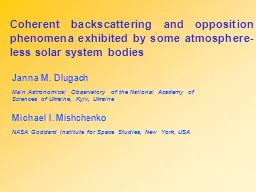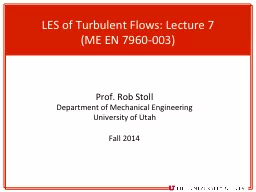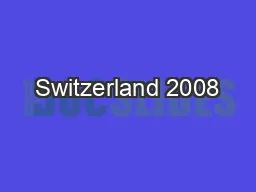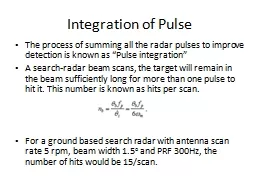PPT-Coherent backscattering and opposition phenomena exhibited
Author : min-jolicoeur | Published Date : 2016-04-09
less solar system bodies Janna M Dlugach Main Astronomical Observatory of the National Academy of Sciences of Ukraine Kyiv Ukraine Michael I Mishchenko NASA Goddard
Presentation Embed Code
Download Presentation
Download Presentation The PPT/PDF document "Coherent backscattering and opposition p..." is the property of its rightful owner. Permission is granted to download and print the materials on this website for personal, non-commercial use only, and to display it on your personal computer provided you do not modify the materials and that you retain all copyright notices contained in the materials. By downloading content from our website, you accept the terms of this agreement.
Coherent backscattering and opposition phenomena exhibited: Transcript
Download Rules Of Document
"Coherent backscattering and opposition phenomena exhibited"The content belongs to its owner. You may download and print it for personal use, without modification, and keep all copyright notices. By downloading, you agree to these terms.
Related Documents














